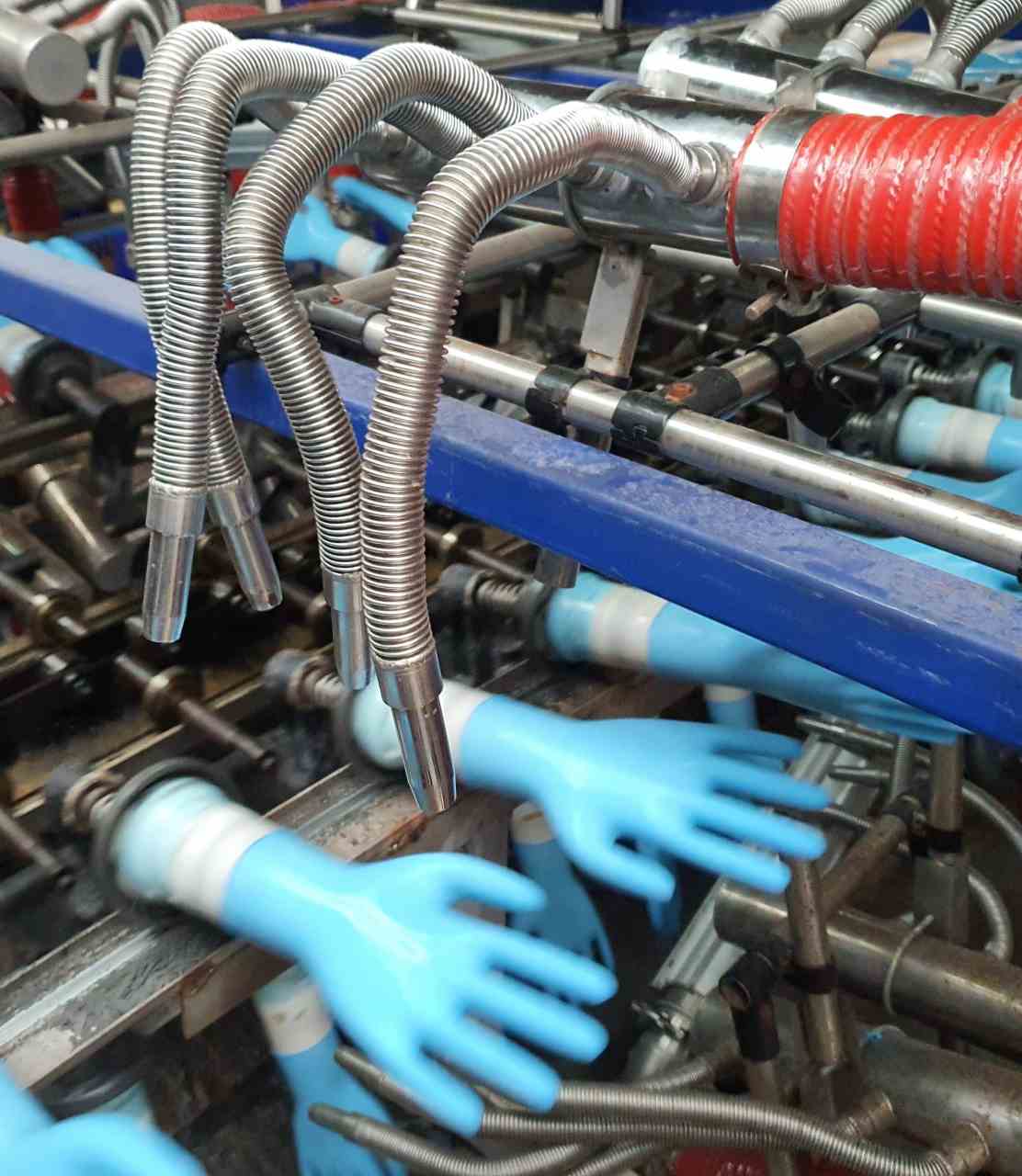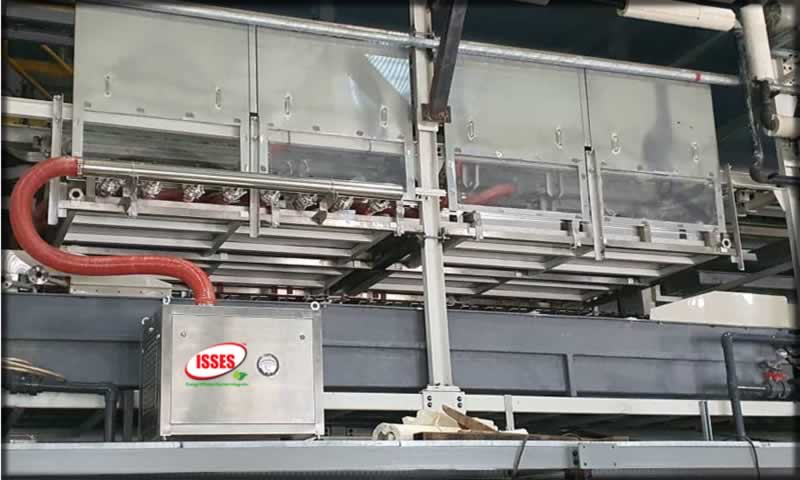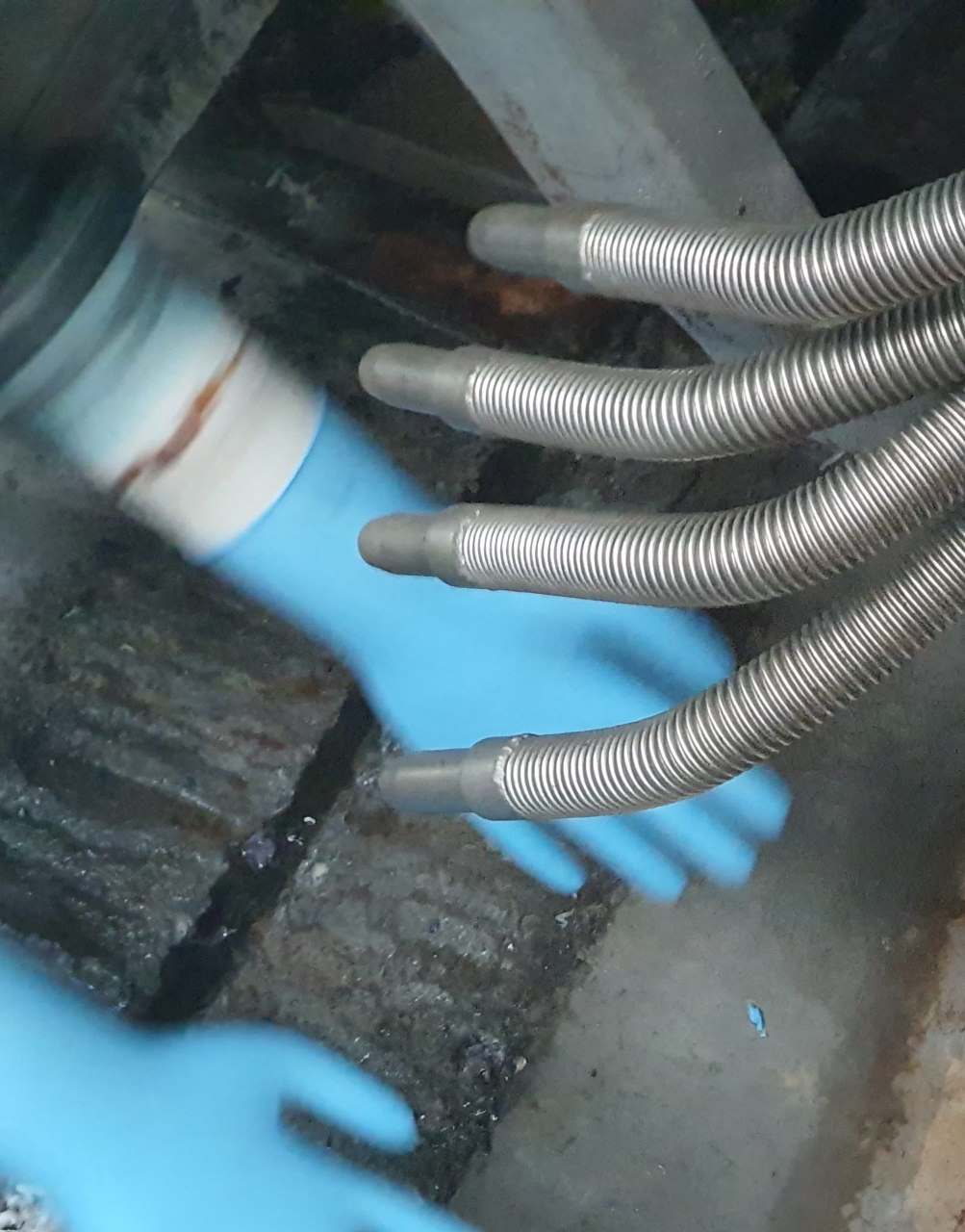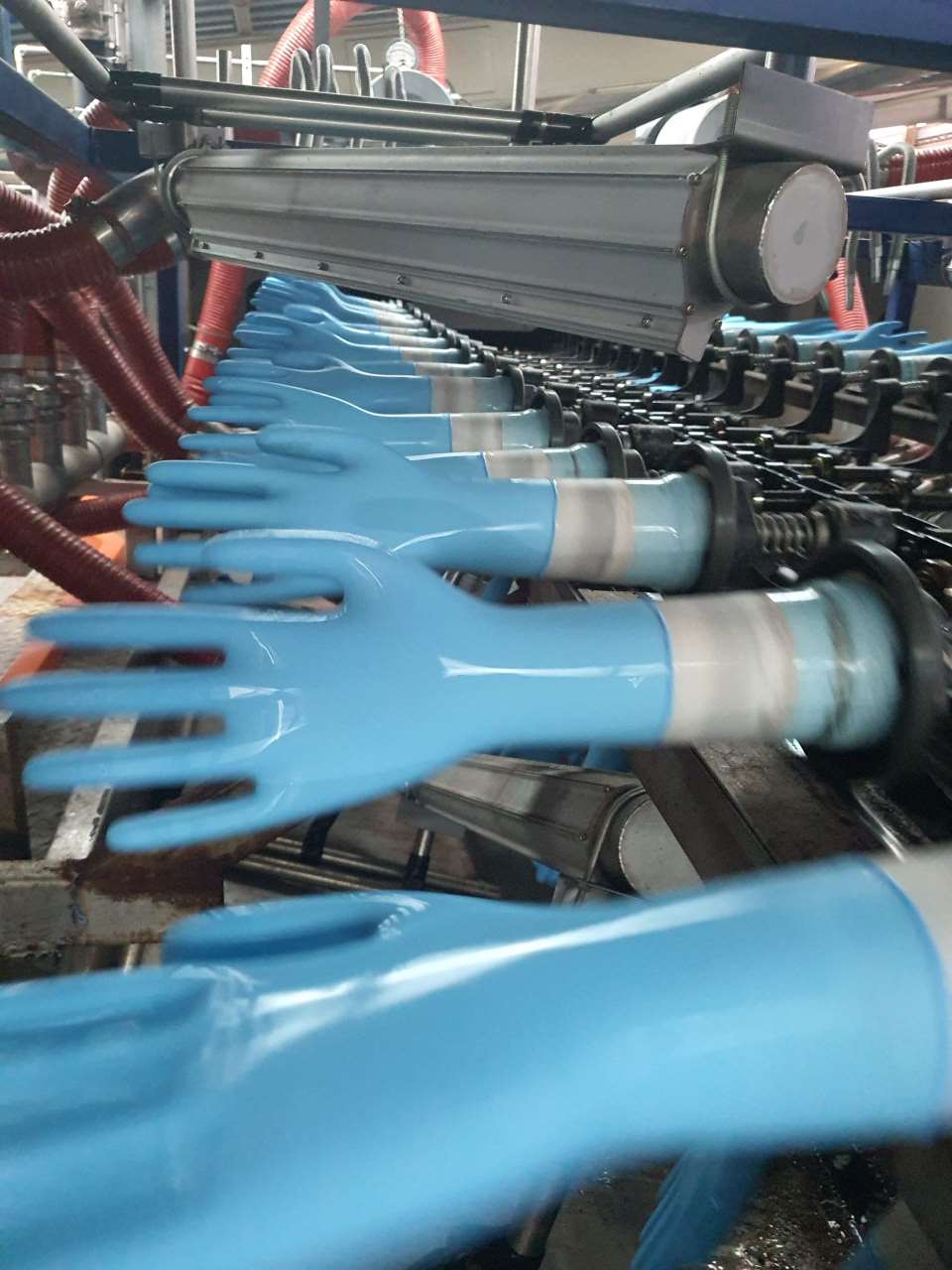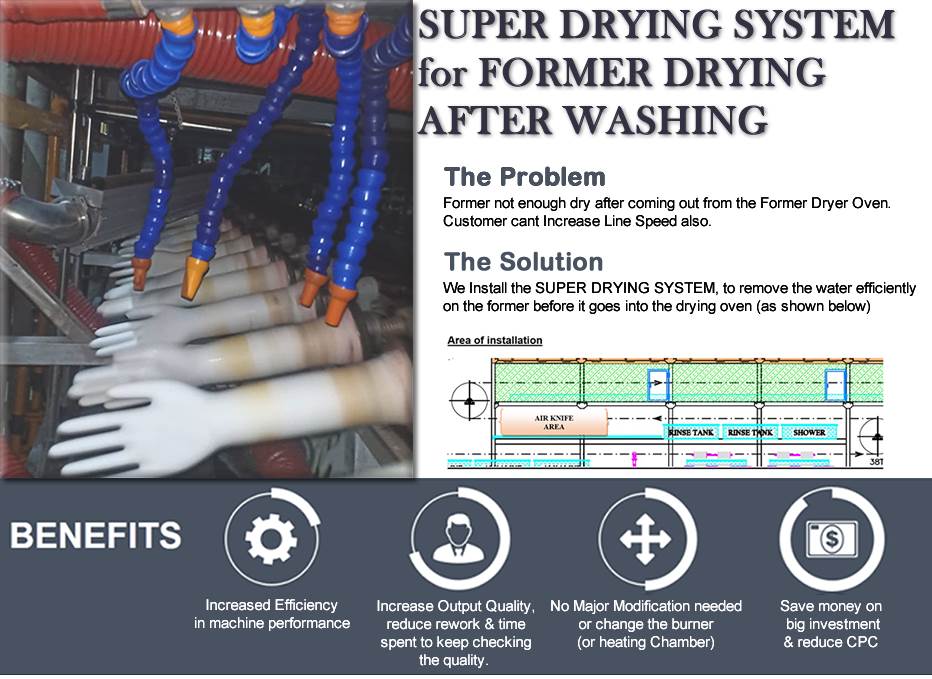Super Water Drying System

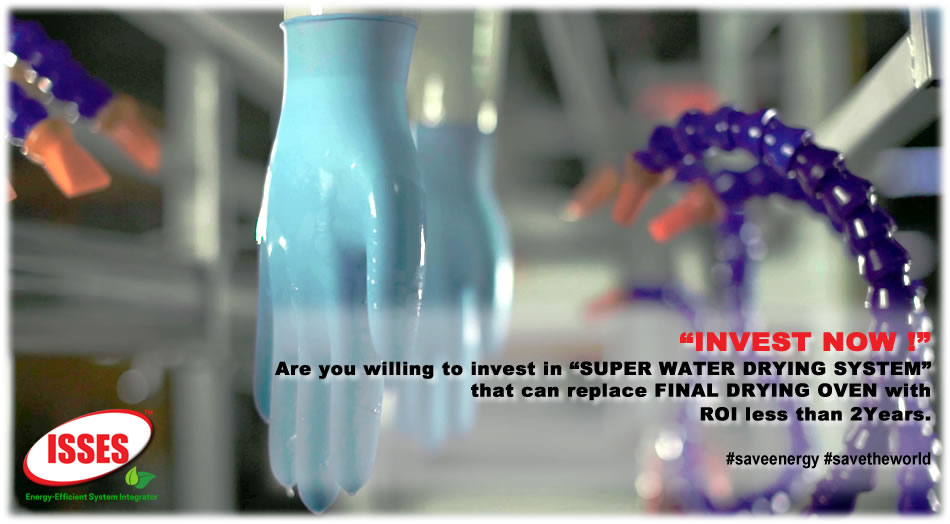
Importance of Drying Process
-
The production of rubber gloves consists of about 80% water content.
-
NG and electricity costs are increasing every year.
-
Energy cost accounts for about 11% of the manufacturing cost.
-
An inefficient drying system can cause a waste of energy and quality issues for the product
What is Super Water Drying System
-
A water drying system is a tool or a system used to blow off liquid or debris from products as they travel on conveyors.
-
Consists of a high-intensity, uniform sheet of laminar airflow.
-
Applications: Remove liquids, drying, remove foreign particles, cool product surface.
-
Spider Air Knife + Explorer® Super Blower increases drying speed & Energy efficiency by reducing the amount of water in the ovens.
-
SAVE PRODUCTION COST, INCREASE COMPANY PROFIT.
-
Our water drying system can reduce energy consumption, save millions of ringgit, and Reduce Carbon Footprint to save the world.
Learn more about How Our Super Water Drying System can help your factory achieve more production with lower cost & energy!
What Industries can be used for
Water Drying System
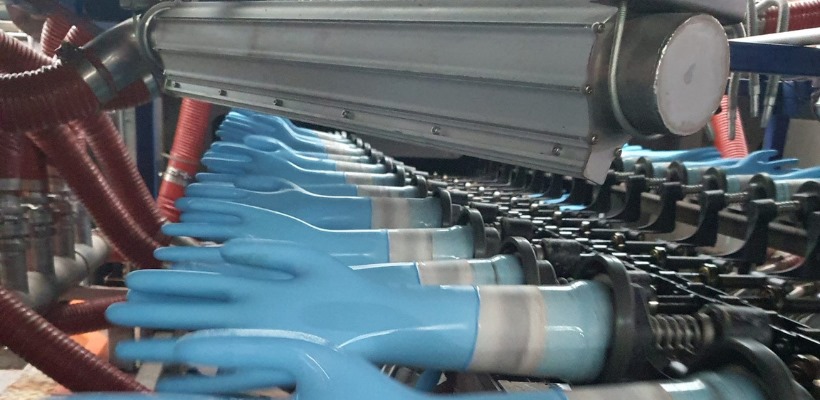
Glove & Condom
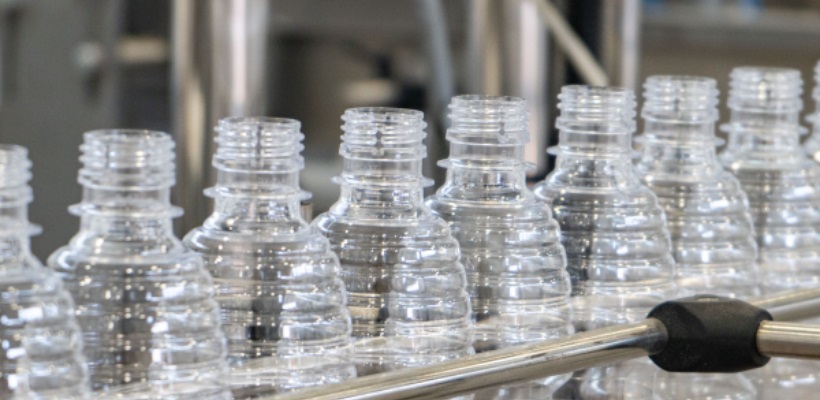
Water Bottle & Cans
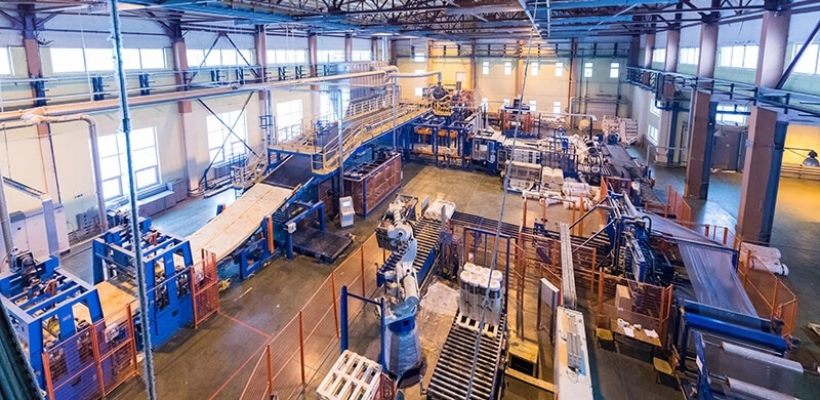
Manufacturing
Frequently Asked Questions Regarding Water Drying System
What is a drying system?
A drying system in the industrial sector efficiently removes moisture from materials using technologies like heated airflows, dehumidification, vacuum pumps, belt dryers, spray dryers, and drum dryers. These systems are essential in processing and preserving various products, such as food, pharmaceuticals, and chemicals, using drum drying and heat transfer methods.
What are the 4 stages of a drying system?
The four stages of a drying system in an industrial setting typically involve:
- Constant Rate Period: Initially, water on the surface readily evaporates due to the significant difference in moisture content between the material and the surrounding heated air. This rapid drying happens at a constant rate.
- Falling Rate Period: As the surface dries, water needs to travel from the material’s interior to the surface to evaporate. This internal movement slows the drying process, leading to a falling moisture removal rate.
- Equilibrium Moisture Content Stage: At a certain point, the remaining moisture in the material reaches equilibrium with the surrounding air. Removing any further moisture becomes challenging without resorting to specialized techniques.
- Desorption Phase (Optional): In some cases, even lower moisture levels are required. This stage might involve introducing techniques like vacuum drying or using equipment like vacuum pumps and heated plates to remove the tightly bound moisture from the material.
What is the main purpose of a thermal drying system?
The primary purpose of a thermal drying system in industrial settings is to preserve the material and enhance its usability. This is achieved by removing moisture, which can lead to several benefits:
-
Prevents spoilage: Moisture creates a favourable environment for bacteria, mould, and fungi to grow, which can spoil the material. Drying significantly reduces this risk, extending the shelf life of products like food, pharmaceuticals, and wood.
-
Improves handling and processing: Wet materials can be clumpy, sticky, or challenging to transport. Drying allows for easier handling, processing, and packaging in many industries.
-
Controls final product properties: The desired moisture content is crucial for the final properties of the material. For instance, precisely dried lumber prevents warping and cracking, while some chemical processes require specific moisture levels for optimal results.
What are the principles of drying?
In the context of drying water-damaged structures, there are four main principles established by the Institute for Inspection, Cleaning, and Restoration Certification (IICRC) for effective drying:
-
Excess Water Removal: This principle initially prioritises removing as much standing water as possible. This is the most efficient way to tackle the problem, as removing liquid water is much faster than evaporating it. Techn ques like pumping or vacuuming are used for this initial stage.
-
Evaporation: Once the bulk of the standing water is gone, the focus shifts to promoting evaporation of the remaining moisture. This is achieved by using high-velocity air movers. These movers circulate air around the wet materials, increasing airflow and carrying away moisture-laden air.
-
Dehumidification: As drying progresses, the air’s moisture increases. Dehu’s decision becomes crucial at this point. Dehumidifiers remove moisture from the circulating air, preventing it from re-condensing on the drying materials and slowing down the process.
-
Temperature Control: Maintaining a warm environment is essential for optimal drying. Warm air promotes evaporation and helps to pull moisture out of the materials. However, excessively high temperatures can damage certain materials or furnishings. Finding the right temperature balance is critical.
What factors should I consider when customising an industrial drying system?
When customising an industrial drying system, you should consider the material properties, production volume, energy efficiency (natural gas vs. electric), safety features, control systems, and specific customisation needs for handling and monitoring dried material. The type of dryer body, such as drum surface or spray dryer configurations, and the drying method, such as drum drying or vacuum drying, should be selected based on the material and processing requirements.
Get a Customised Water Drying System Built for Your Needs
Is inefficient drying hindering your production? Upgrade your process with a Customised Water Drying System built specifically for your needs! Isses‘s systems optimise drying times and quality control for your unique material while keeping energy consumption low. Don’t settle for generic solutions—get a customised drying system and revolutionise your process!

Email us

CHAT with us
Whatsapp our sales team to ask more!
We will get back to you as soon as possible.

CONTACT
INFORMATION
Industrial System Supply & Engineering Services Sdn Bhd
No.7, Jalan Melati 2, Seksyen BB 11 Bukit Beruntung, 48300 Rawang, Selangor Darul Ehsan, Malaysia.
Tel. +603 6028 4188
sysam@isses-tech.com
frontdesk@isses-tech.com
CONNECT WITH US

